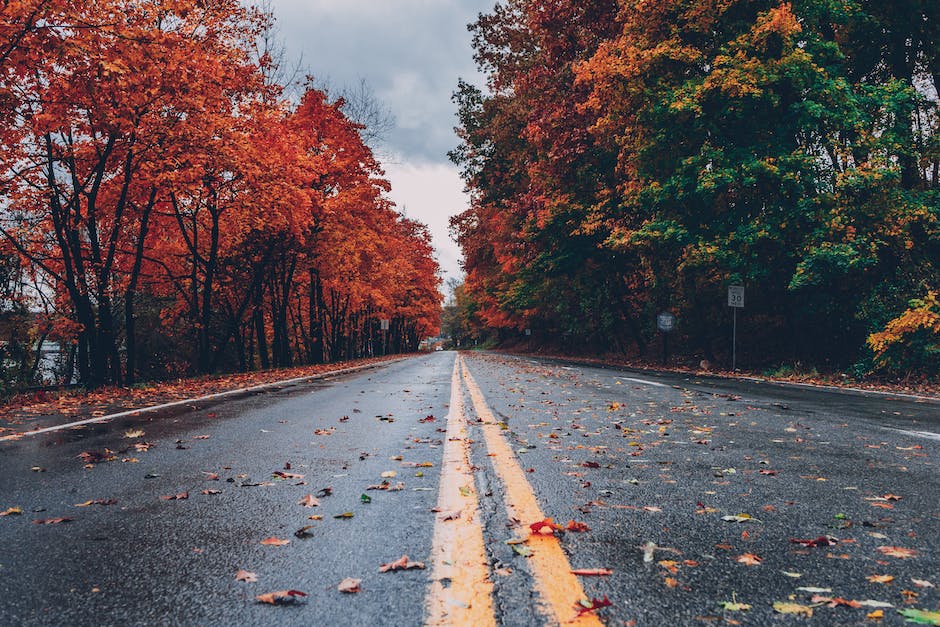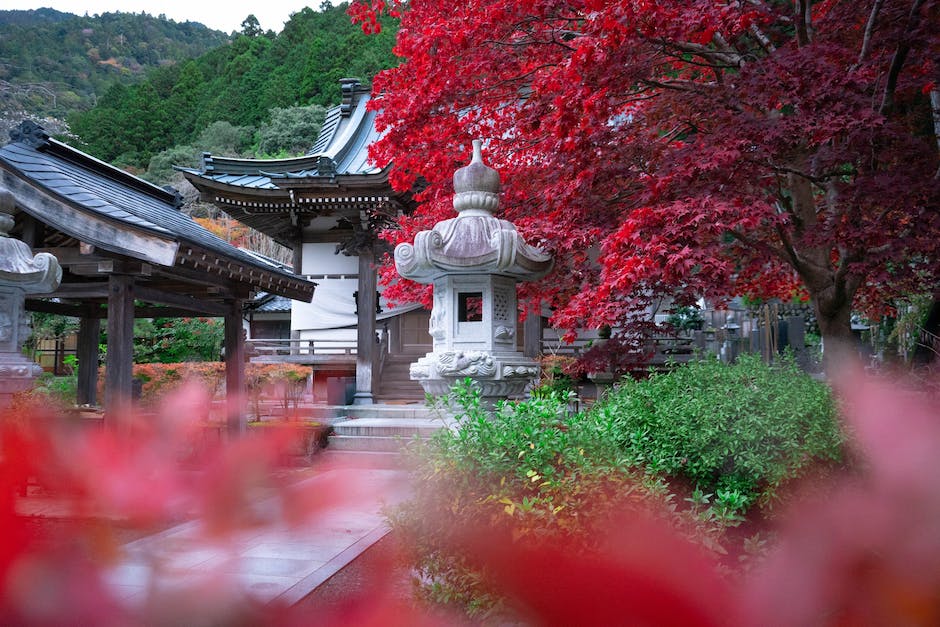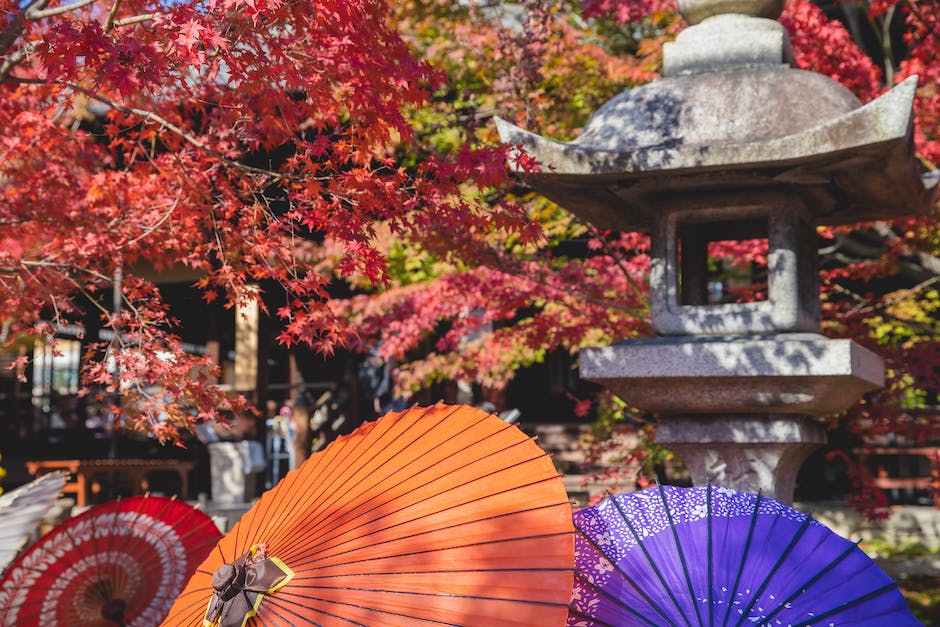One of the most popular questions regarding Japanese maples is how much do they cost. Prices on these types of trees can range from upwards of $1,000 to just a few hundred dollars. The price variation is due to several factors including the size, type, and age of the tree. Generally, young trees cost less than more mature trees.
As of 2019, Japanese Maple Trees can range anywhere from $20 USD to $200 USD. However, the average price for a Japanese Maple Tree is around $130 USD.
Are Japanese maples worth money?
A mature Japanese maple tree can be quite valuable, fetching prices as high as $15,000. This is due in part to the fact that they can be difficult to transplant successfully, so their availability is limited. If you’re lucky enough to have one on your property, be sure to take good care of it!
Japanese maple trees can cost around $18 for the bare root. For potted trees, prices start at around $60 for potted options. Japanese maple trees are a beautiful addition to any garden and can provide some stunning fall color.
What is special about Japanese maple
Japanese maple is an excellent garden plant. It is very versatile and comes in a wide range of sizes, shapes, and colors. It is a great specimen or accent plant and does well in a group or in a shrub border.
Japanese maples typically grow just one to two feet per year, which is why it might be wise to buy the largest one you can afford. That said, under the right conditions, they can live to be over one hundred years old.
Are Japanese maples hard to maintain?
Japanese maple trees are beautiful, low-maintenance trees that can add interest and flair to any garden. They can be planted in the spring or fall, but it’s important to give them extra attention in the first few years while they’re getting established. Once they’re established, they’re easy-to-grow and hardy, and will add character and charm to your landscape for years to come.
Japanese maples prefer slightly acidic soil in order to thrive. If you plant them in highly alkaline or salty soils, they may not grow as well. Be sure to test your soil before planting to ensure that it is suitable for these trees.
How quickly do Japanese maples grow?
The tree in question is a slow to medium grower, meaning it will add anywhere from 12-24 inches in height each year. This is a dependable growth rate that can be relied upon year after year.
A dappled or afternoon shade garden is perfect for a mature Japanese Maple. The tree will thrive in full sun everywhere but the southernmost portions of its hardiness range, but is also happy with a bit more shade. It does need some sun for best foliage color, but the amount you give it can vary greatly.
How close to a house should you plant a Japanese maple
Japanese maples are popular landscaping trees because of their beautiful leaves and compact size. They do well when carefully pruned, so can be planted just a metre from the house. The north and east sides of the house are ideal locations for Japanese maples, as they will only get morning sun.
There are many different types of maple trees that are known for their vibrant and beautiful fall colors. Some of the most popular and well-known options include the following:
-Coral Bark Japanese Maple: This variety is known for its bright coral-red bark, which becomes even more vibrant in the fall. It is a hardy tree that can tolerate cold winters and is perfect for growing in zones 5-8.
-Red Dragon Japanese Maple: This is another gorgeous variety with brilliant red leaves that turn an even more intense hue in the fall. It is a moderate to slow grower that does best in zones 6-9.
-Autumn Blaze Maple: This variety is a hybrid of the red maple and silver maple, and is known for its spectacular fall color. It is a fast-growing tree that does well in zones 4-8.
-October Glory Maple: This maple is named for its beautiful red leaves that linger on the tree well into October. It is a hardy tree that does well in zones 4-9.
-Red Maple Tree: The red maple is one of the most common maple trees, and is known for its bright red leaves that turn a deep crimson in the fall. It is
Where is the best place to put a Japanese maple?
Japanese maples do best in light shade in a sheltered site. Red or purple cultivars are more sun-tolerant than green-leaved cultivars.
Aconitifolium is one of the most beautiful Japanese maples, with deeply cut, fern-like green foliage that turns shades of red, orange, and yellow in fall. This tree, also called ‘Maiku Jaku’, changes up the beautiful texture you’ve come to expect from most Japanese maples.
What kills Japanese maple trees
Japanese maples are susceptible to a soil-borne fungal disease called phytophthora when they are grown in areas with poor drainage and are exposed to extended periods of rainfall. This disease can kill trees branch by branch, so it is important to take measures to prevent it from occurring.
This plant is most likely younger than 10 years old, due to its height. The cultivar “Aoyagi” also reaches 10 feet tall and wide at 10 years old, but matures to 20 feet in both directions in USDA zones 5 through 8, so it is likely older than 10 years old.
Do Japanese maples lose all their leaves in winter?
Japanese maples are deciduous trees, which means that they lose their leaves every year. This typically happens during October and November, when the leaves turn a beautiful array of colors. After the leaves have fallen, the trees will remain bare until the following spring.
This is a beautiful plant that provides color and interest all year round. The leaves emerge cherry-pink in spring and turn red for the summer before becoming crimson in fall. This plant is a great addition to any landscape and is sure to add beauty and dimension all year long.
Are Japanese maple easy to grow
Japanese maples are a popular choice for gardens, both in containers and in the ground. They’re small and slow growing, with a graceful habit and beautiful foliage, making them perfect for even the tiniest of gardens. Most Japanese maples prefer a sheltered, shady spot, making them easy to grow in a variety of different spaces.
Many people in Japan believe that red maple trees are symbols of abundance, peace, and beauty. They also believe that these trees have the power to bring luck and make a house more valuable. Because of these beliefs, it is not uncommon to see Japanese people planting maple trees in their homes.
Are Japanese Maple roots destructive
One of the great things about Japanese Maples is that they have shallow, non-invasive roots. This makes them perfect for container growing and for growing near rock walls. Their shallow roots also make them very easy to care for – you won’t have to worry about them damaging your property or getting in the way.
If you have Japanese Maples, be sure to protect them from hot summer sun exposure. Sunburned leaves can result in early leaf drop.
Can I plant a maple tree close to my house
A maple or similarly large tree should not be planted 10 feet from a home. Even doing so for shade means the tree should be planted 20 or more feet from the structure. The roots of the tree can damage the foundation of the home, and the branches can scratching the siding or break windows.
Japanese maple trees need to be watered every 2-3 days for the first month after they are planted. After that, a good watering once a week should be sufficient, but you should check on the tree often as windy days can dry out the soil quickly. If the tree is planted in the fall, water it once a week when there is no rain or snow cover. Always provide a layer of mulch around Japanese maple trees to help keep the soil moist.
Can Japanese maple grow in hot climate
Japanese maples are fairly heat tolerant, and many gardeners successfully grow them in higher Zones. However, in hot, dry climates, the leaves will often scorch, therefore protection from the afternoon sun is important.
If you are looking to plant a Bloodgood Japanese Maple tree, it is best to choose a location that offers partial shade, or about four hours of direct, unfiltered sunlight per day. They can also grow in full sun, but their foliage colors will be more muted.Shadier planting sites will lead to more robust and vivid foliage colors.
How hot is too hot for Japanese maple
Japanese maples are a type of tree that is known for its heat tolerance. Some varieties of Japanese maples can tolerant sustained temperatures in the 90s and 100s, but some still require afternoon shade. heat tolerance is an important quality to consider if you are planning on planting a Japanese maple in an area with a climate that gets very hot during the summer months.
We have a variety of maples that can tolerate full sun to 85 degrees, but if the temperature exceeds that, it is best to provide morning sun and afternoon shade. In this way, the trees can still get the sunlight they need without being overexposed to the heat.
How big do Japanese maples get
When choosing a Japanese maple, it is important to consider the size and form of the tree. Japanese maples range from 2 to 30 feet tall and come in a variety of forms, including weeping, rounded, dwarf, mounding, upright, or cascading. Knowing how you want to use the tree will help you choose the right size and form for your needs.
There are many reasons to choose smaller, multi-trunked trees for the front of your home. Not only are they viewable from inside your home, but they also allow good energy to flow into your home and keep bad energy from entering. Additionally, they provide a sense of protection and can be a source of good luck.
Final Words
There is no definitive answer to this question as the price of Japanese Maple trees can vary depending on a number of factors, such as the size and age of the tree, the specific variety, and the seller. However, in general, Japanese Maple trees are not considered to be especially expensive, and they can often be found for sale at reasonable prices.
Yes, Japanese Maple Trees are expensive.
I’ve always been drawn to trees.
As a kid, I spent most of my free time outside, climbing, exploring, and trying to figure out the names of the trees around me.
That early curiosity eventually led me to study arboriculture and horticulture at Michigan State.
Later, I completed a degree in forestry at the University of Michigan.
I’ve been working in tree care and education ever since.
These days, I enjoy helping people learn more about the trees in their own backyards.
How they grow, how to care for them, and why they matter.
You don’t need to be an expert to appreciate trees.
A little curiosity goes a long way.
